What’s Your Working Capital Timeline telling you?
Understanding your working capital timeline allows you to control it. Understanding how cash flows to and through your business is the first step on taming the beast and setting yourself up to win.
Download your free working capital timeline infographic
Understanding your working capital timeline allows you to control it. Understanding how cash flows to and through your business is the first step on taming the beast and setting yourself up to win.
Download your free working capital timeline infographic
Comments
Build your business on the rock vs on the sand
– multi-level marketing
– cloud accounting
–
The Age of Engagement – Internet Marketing Evolution
Following on from last week’s post we’re continuing to uncover some of Roger Hamilton’s insights in to the future of markets, technology and doing business in the age of Web 3.0.
Roger Hamilton is a visionary, futurist and social entrepreneur who connects with Richard Branson, the startup culture in Silicon Valley, and entrepreneurial think-tanks and charities around the globe.
He’s now saying the age of Content Marketing is dead, and we’re now in the Age of Engagement.
The Age of Engagement
Engagement is gold dust. When your customers start creating and sharing content based upon your brand, your impact is magnified exponentially. The cost is minimal, the reach phenomenal. The tricky part? Your job is to give them reasons to be genuinely enthusiastic about your brand. People interact with what they love.
The potential payoffs are both enormous and self-reinforcing. Your customers are far more than a source of income; they’re your greatest well of information about your business. Engage with them effectively, and they’ll become your greatest advocates.
How can you do that? Focus on attraction over action, and enhance the quality of your offerings before you plan on getting bigger. Give customers a reason to engage with you, and reward them when they do.
Internet Marketing (1.0)
This was internet marketing 1.0. You get the idea.
Content Marketing (2.0)
This is Content Marketing 2.0. Offer a ton of value, give away your product , then step people through a ladder of increasing prices for your product. This stuff still works, but there’s a new wave emerging.
Engagement Marketing (3.0)
Content marketing, where You create the content, is being replaced by Engagement marketing, where your Customers create (and share) the content. Roger created a free, 1-minute Genius test shareable on Facebook. It allowed people to identify their business Genius, see which Genius type their friends are, and build fantastic teams based on that knowledge.
It replaced his free e-book and has been shared by thousands of people. What’s your Genius and which circle do you belong to? (You can take the Genius Test here.)
The piece of absolute Gold to take away from this: create a test to identify
- Where your customers are right now
- Where they want to be in the future
Then supply them with the means to get there. There is too much information available today. We need direction, Not information. Content marketing simply added to the amount of information already available. With Engagement marketing you provide your customers with the clarity of direction, then supply them with the ability to get there. Couple that with the means to share with their friends and you have created Gold Dust – happy, engaged customers who will spread the word for you.
Oh, and join us at Roger’s ‘Fast Forward Your Business’ event in Brisbane on 21 and 22 March (and he’s also touring the rest of Australia, too!).
Ben will be joining the stage with Roger sharing some of his insight into innovation as an accounting ‘Gamechanger’ too.
5 Language Lessons all Businesses can Learn from Optus
Just this morning I read this letter from Optus.
And you must be wondering why on earth an accountant is writing about a letter from Optus. So here’s some context for you. I have really learned to appreciate the people who, for lack of a better word, “have a way with words”.
It’s the little things (or the “Power of Small”, as Paul Dunn puts it) that really bring out a brand and a point of difference in the marketplace.
The language that we use as businesses: written, verbal, internal and external define who we are in a way most people I believe understate.
Why Optus sent me a Letter
The letter is not normally something I would read, give attention to, or bother to take much notice at all of. But something about the letter was different. No, a lot of the letter was quite different, and something I am sure not many people expect from their ‘Telco’.
The purpose of the letter is to update me on a change in the terms and conditions of the contract with Optus. A rather boring and annoying letter in the past. Great for the shredder.
Before you read the letter too, keep in mind that the account is a business account. So normally this would assume a more formal approach in any case.
I was quite surprised.
Here’s the letter (and do click the picture for a full sized image too).
And my 5 takeaways from the letter are:
1. The ‘stating-the-obvious’ icebreaker
I feel that this is a great way to break the ice of a somewhat annoyingly necessary letter.
And everyone feels better if the person writing points out the elephant in the room.
Even the font choice and colour of the text make it welcoming and a warm sentence to read.
2. Size of the letter far from intimidating
Short sentences. Small paragraphs. Tiny letter over all, right?
You know you’re not going to be reading boring jargon for hours.
The best bit is, like the icebreaker above, they’ve realised most people won’t read it and have accounted for it. They’ve also listed when you might need to refer back to it.
3. Asking “How are you going?”
Do you really expect this from a Telco? Does anyone think they care?
Apple is a great example of how customer service should be done. But a Telco is the last place you would expect some personality or care.
“How are you going?” or “Really, how are you going?” is a sensational way of breaking the mould.
4. Casual slang throughout the letter
Now the “word nerds” out there might have their nose out of joint with this one.
And I can understand that this is very much the preference of the business writing the letter or using the language.
I am a fan of organised disorder though, and love the incorporation of this in the letter. If Optus can get away with it elegantly, why can’t you?
(Oh, and do see Nassim Taleb’s book, Antifragile: Things that Gain from Disorder too, a great read.)
5. Random speech bubble with random text
“Pretty Handy”?
I still cannot work out what the purpose of this is, but it doesn’t bother me.
Maybe it fits in with the branding?
Well done Optus.
You made my day in a way that I would never expect.
5 Business Trends That Are Already Shaping Your Business and Determining Your Profits
What you were doing 5 years ago is vastly different from what you’re doing today. So how prepared are you for the next 5 years? And will you profit?
Roger Hamilton will.
Roger Hamilton is a futurist, entrepreneur and visionary. He has predicted the future of markets and technology and continuously shared his insights over the years to closed groups. However, for the past 4 years, he has started to openly share what he’s seeing with larger groups of entrepreneurs around the world.
We took a look at his material from early 2014 to see if it was relevant to the start of our 2015. Here are 5 of the most important Waves of Change from his Fast Forward Your Business tour of 2014.
The Waves of Change
Back in the 60s, 70s, and 80s, we were convinced the future would be all flying cars and pastel-coloured spacesuits. We may not be eating our meals in pill form and having our houses cleaned by robots, but it’s not all bad. At least we’re not living in a post-apocalyptic wasteland, and the mullet is no longer considered an acceptable hairstyle.
The future may not have panned out exactly as we anticipated, but there are still massive shifts taking place that are already having an enormous impact on your business. If you’re not incorporating these business trends into your business strategies, your revenues could soon be deader than shoulderpads. Surf these waves, however, and your business could be moving at Warp 6 while your competitors are still trying to fix the flux capacitor.
A zettabite = 1 trillion gigabytes. That’s a LOT of information. With this swell of information come many waves of change. Are you going to surf or sink?
World Wide Wave
Around the world, expectations have gone up while attention spans have gone down. If you want to engage an audience, you’d better say something they care about within the first couple of sentences, otherwise they’re gone. At the same time, traditional advertising models, targeting the broadest possible spectrum of consumers, are on their knees. In a social media world, people want quality, and they’ll ignore anything that doesn’t interest them immediately.
Mobile users now outweigh desktop users. Is your website optimised for mobile? Can your clients and customers subscribe, interact and pay from their mobile seamlessly?
The flipside of this is that, if you produce quality, people will share it, at no cost to you. How do you take advantage of this wave? Turn your website into a channel, redesign it for mobile phones (the percentage of internet traffic going through mobiles is exploding), and create a three-minute video that distils your message into something crisp, concise, and engaging.
Bernadette Schwendt surfed the World Wide Wave of change and pivoted her business from a copy school serving copywriters to an online media channel serving entrepreneurs.
There’s no doubt that mobiles are the biggest growth platform and where most people turn to these days. Will they see Your business there?
Turn your website in to a channel, optimise for mobiles and tablets and create 3-minute videos with your compelling message. It’s easier than you think.
That’s the first of our five big Waves of Change. Now that you’ve got the keynotes, stay tuned for the Wave 2: The Age of Engagement and what it means for your business.
Oh, and join us at Roger’s ‘Fast Forward Your Business’ event in Brisbane on 21 and 22 March (and he’s also touring the rest of Australia, too!).
Ben will be joining the stage with Roger sharing some of his insight into innovation as an accounting ‘Gamechanger’ too.
3 Speaking Rituals Entrepreneurs can use before Public Speaking
It’s no doubt that public speaking is an easy feat for mastering.
Some make it look so easy, and yet it can paralyse those who are finding their feet. Myself included!
One of my key numbers in 2015 is to share my message on “Knowing your Numbers”, 60 times throughout the year. This will be speaking engagements, webinars, self-hosted events and so on. But a focus is more towards speaking in person.
And I’ve been fortunate to have some guidance from mentors who are seasoned speakers.
Here’s 3 rituals I run through before speaking:
1. Put yourself in a positive frame of mind, focused on delivering value to your audience.
There’s two ways I do this – the first is to listen to some really uplifting music.
I usually bring my phone and some headphones with me pretty much anywhere, and I just find an awesome track and pop a headphone in one ear. Oh, and if I really need a revving, I listen to Eric Thomas.
The second way, one shared by a mentor Paul Dunn (B1G1), is to repeat out loud “FOR THEM” about 5 times before you walk out to present. This one is a little less subtle, so you might want to keep this one for “backstage” but keeps value to your audience at the forefront.
2. Slow your breathing, forcing your body and mind to be calm.
A coach and mentor, Mags Bell of Creating Powerful Results shared this one with me.
This one was honestly a little difficult for me to understand, but it really works.
Basically slow your breathing down to about 6 breaths per minute. That’s 5 seconds in, 5 seconds out. You can do this one pretty much anywhere too, even on stage as you’re being introduced.
This one is good for getting to sleep too I’ve found!
3. Use body language as a key to confidence and getting your message across.
I’ve found that confidence is the hardest thing to front up with when you’re speaking.
And similarly to the breathing technique above, you can trick your mind and body into confidence.
An interesting TED talk by Amy Cuddy shares a little more on the science and the ‘how-to’ on this one.
She details on how a few minutes of “power posing” can lead to instant improvement in our body language and our own confidence, which translates to our audience.
Great to recite with your body in the minutes leading up to showtime.
I hope this helps to some degree when you’ve got your next presentation or speaking gig lined up!
CAANZ Brand Ambassador – A Hub for Innovation in Brisbane
CAANZ Brand Ambassador
Late 2014, I was asked by Chartered Accountants Australia New Zealand (CAANZ) to be a CAANZ Brand Ambassador for the Chartered Accountants program.
What it led to was an interview and mini-documentary on what we’ve done at Inspire CA, and with Inspire Cafe.
The video:
[su_youtube_advanced url=”https://www.youtube.com/watch?v=CbVu48Y14B4″ height=”340″ controls=”no” autohide=”yes” showinfo=”no” rel=”no” modestbranding=”yes”]
CA Brand Ambassador for School & University Students
The purpose for the video is for school leavers and university students looking at accounting to see that the industry isn’t all too boring.
As Brisbane Business News put it, we’re “Taking the Numb out of Numbers“.
Hiring Smart: How to build your team for growth
Growth it great. But not when it kills us!
When we all of a sudden have an influx of work, this stresses the team and us, as the business owner.
We often hear our clients who are experiencing rapid growth talk about their next hire. We all know that many hands make light work, and so it is a natural move forward – to find that extra pair of hands.
We find that thoughts usually steer towards coping with their current workload. For instance, hiring a part time team member to take up a little slack.
But sometimes there’s some questions to ask before mapping out the path forward:
- Does the best fit for your business generally look for a full time or permanent arrangement?
- Where will you find this person?
- Is this someone to be customer-facing and strategic – or someone focused on the operations of the business?
- How will this person work in with our current team?
As the business owner, the decision about your next hire will mean the difference between steady growth and ferocious growth.
Asking the Experts
I’ve asked two experts to share their views on your next hire:
Paul Dunn
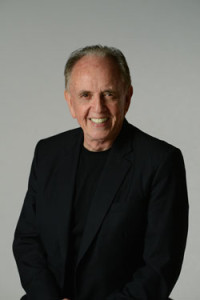
Before moving into the role of Chairman of B1G1, Paul built and sold many super successful businesses over the years. And has made this ‘hiring for growth’ decision dozens of times.
Paul has also helped hundreds of accounting firms throughout his career create better businesses, and identify what it takes to create an awesome team!
Paul says Hire Before the Growth Hits
Paul says, “In general, you hire BEFORE the growth — you hire to create it, not to deal with it. SO that means you hire the ‘strategy’ team members who then hire the operational team and so on”.
What this means is purposefully planning capacity. Then your focus will move to filling it.
Your strategy team should help with this and build the team for you.
Alison McGrath

Alison has spent thousands of hours in interviews and consulting around these topics (and McGrath HR is also a B1G1: Business for Good partner too! You can see her impact here.).
Alison Recommends Covering all Your Bases and Hiring Slow
When building a business for rapid growth my thoughts are you need to ensure all your business functions are covered.
When working with businesses, Alison’s approach is to complete a skills gap analysis. Ideally you’re looking to identify team members who can complement existing strengths and support the weaknesses in the business.
Alison says that you need to clearly know the skills you are seeking but also know what attitude you want and what behaviours you need in that team member. She also notes to not rush the hiring process, but think it through, gathering advice and definitely carrying out the background and reference checks.
In Alison’s experience, the successful business owners are the ones that take the time to research, discuss, reflect then document their staff requirements. They list essential skills and desired skills, and follow a plan around the hiring to fit their growth.
The task of hiring is so important – get it right and you will reap the rewards, get it wrong and it could turn disastrous.
What really annoys me is the Generally Accepted Poor Standards, or “GAPS”, in the accounting industry. Accountants have the power to change the lives of business owners, but most of them aim for average.
How many business owners do you know that actually say “I really like working with my accountant!”? They are out there – but more often than not, their accountant has done a shocking job at serving their customers’ actual needs.
It’s not a light decision to make the leap to another accountant, but if you’ve been meaning to change accountants for a while now, make it your new year’s resolution!
I’ve put together a list of 10 questions that you should ask when choosing an accountant. We’ve based this list on our ‘About Us‘ page – and you can see our responses to these questions over there.
The 10 questions to ask:
Who does the accountant normally work with?
This is important to know – are you a good fit to the accounting firm, and are they a good fit for you?
It’s a two way street, and unfortunately most accounting firms will usually say yes to anyone – whether they can provide them value or not.
Be sure you ask, and even look at their marketing material to gauge this. Don’t try to fit a square peg in a round hole!
Oh, and do look for client testimonials too!
What services does the accountant offer?
You need to make sure their experience and skill set matches the service that you’re after.
Are you looking for business advice at an accounting firm that just pumps out tax returns?
In most cases, if the accounting firm cannot do what you’re after, they will most likely work with someone who can. It’s also best that if you need a second adviser, for an international tax matter for instance, that you keep your accountant in the loop, or let them manage the relationship.
What does the accountant specialise in?
What is the one thing that the accountant would provide you over all other things?
Where is there best value to you as the customer?
Look for things like “we work with you, providing insight into the numbers” rather than “we’re really, really good at tax returns”. Really, what is more important?
How does the accountant charge?
How do the dollars work? Do they charge by the hour (and are therefore rewarded for being inefficient), or do they charge for the value that they provide?
It’s a different conversation and focus for both you and the accountant. The attention shifts from ‘be quick to reduce the fee’ to ‘let’s focus on where the value is’.
Some questions within this section are:
- What does the project or subscription include?
- Do they price each job before they start, so you can both agree to the scope and terms?
- Do they allow you to pay by the month to spread out the burden on cash flow?
- Do they charge for each phone call or email, or are these questions included?
Be sure to get a good understand of the charges and how they work – it avoids unwanted surprises and you have clarity before moving forward.
What is the response time to your questions?
How quickly will you expect to hear back from your accountant? We regularly hear that a business’ accountant takes weeks to get back to them, or doesn’t even respond at all!
Response time is key number that we focus on – and we measure it in hours, live on our website.
Make sure you ask for a clear understanding of how and how quickly your accountant will return your call or email.
How long does it take to get our work done?
“Turnaround time” is often a common complaint we hear with businesses talking about their existing accountants.
If your accountant takes three months to finish your work, maybe it’s time that you moved on.
What would your standards be if you ran a business that took that long?
This is one of the key numbers that we measure as a team – one that we see is important in the eyes of our clients. (We aim to keep this no more than 10 business days – and we’re averaging just under 8!)
What technology does the accountant use?
Cloud accounting
The adoption of cloud accounting software is saving businesses thousands of dollars, and hours of bookwork every week.
Does the accounting firm work with cloud accounting software? (It’s a must to move to the cloud for your accounting software!)
Do they not only use cloud accounting, but are they able to recommend, implement and support the various add-ons you can use with cloud accounting?
Technology in communication
It’s important to know how you’ll be interacting with your accountant on a regular. I’m a big fan of throwing around ideas on a whiteboard in the boardroom. But what about for the in between time?
Do they use technology such as Skype, GoToMeeting, Lync or others to enhance web meetings to describe concepts and run scenarios? Can they share their computer screen and run you through diagrams using LucidChart?
Be sure that it makes sense to you.
How often does the accountant talk to you each year?
What I really love about working with our clients is that I get to learn about their business and their lives. Accountants can’t do that if they only speak to them once or twice a year. How on earth is an accountant able to provide real insights?
It’s important that you understand how often you’ll be in touch with your accountant, and that you’re comfortable with this.
Is the accountant a Chartered Accountant, or part of an association?
And a few years ago I wrote this article on the difference between an accountant and a Chartered Accountant to get an idea.
While I don’t want this to be an argument about which association is best, it’s good to choose an accountant that is part of an association.
The three main associations in Australia are:
- The Institute of Chartered Accountants (we’re a part of this one);
- CPA Australia; and
- Institute of Public Accountants Australia.
All three have different levels of requirements to join, different membership levels – but all have a set of standards that members must adhere to. If you’ve got a problem with an accountant, you can usually take it to their association.
Can you have a beer with them?
I had to be cheeky for the last one.
It’s important that you can hold a conversation with your accountant, outside of your business.
And we loved this one so much, we created a cafe / bar in the centre of our office! (Check out inspirecafe.com for more!)




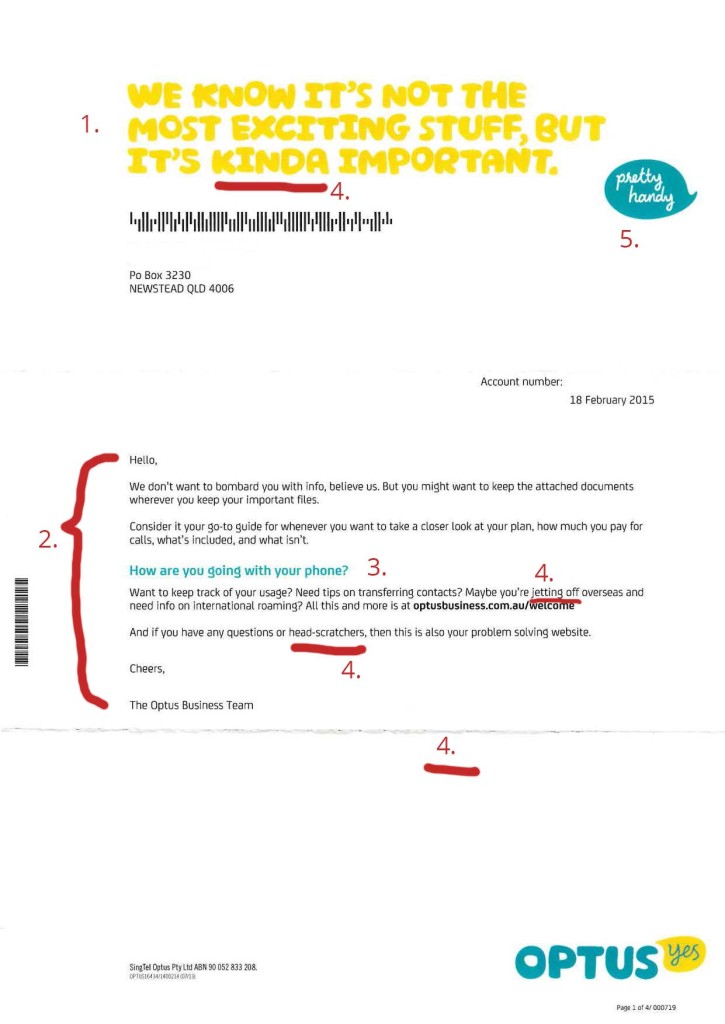
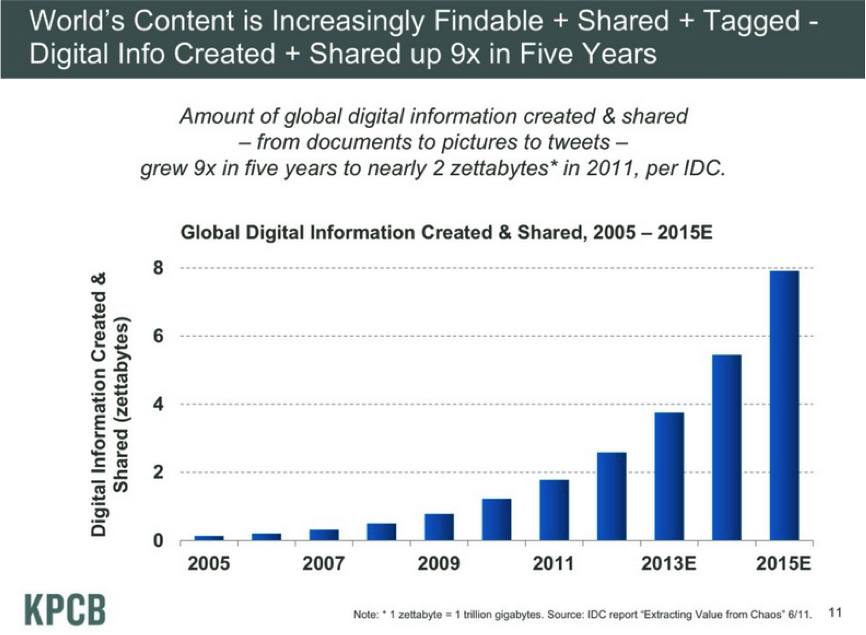
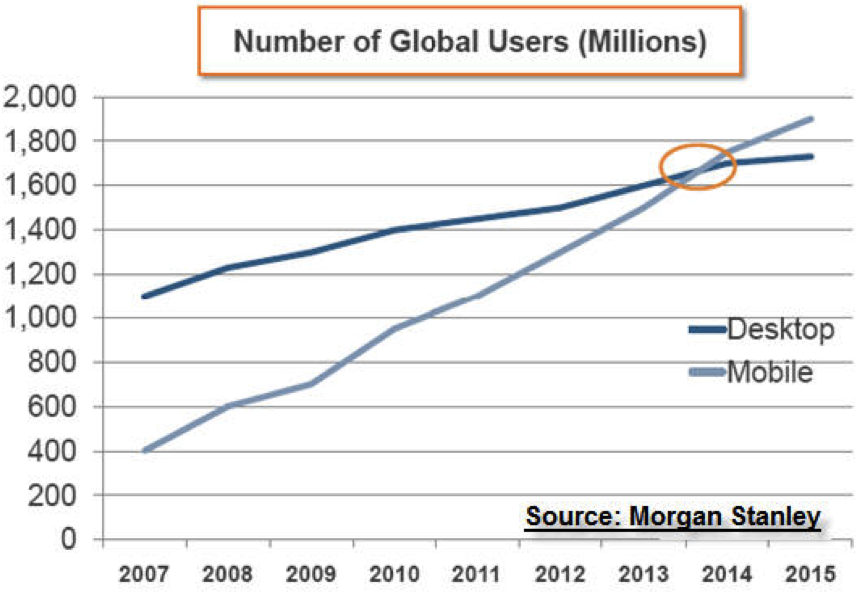
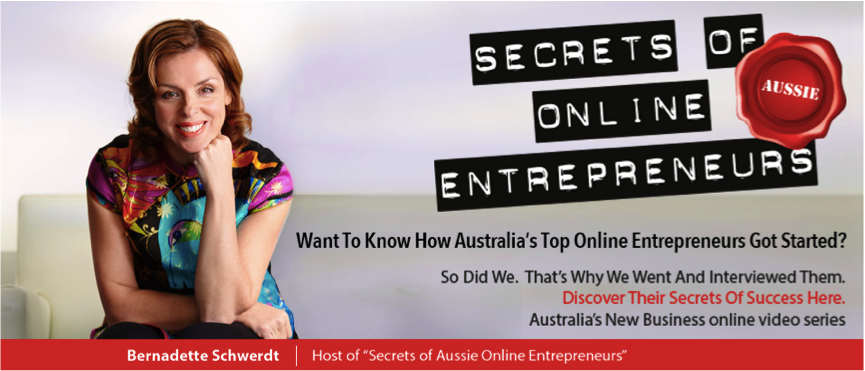
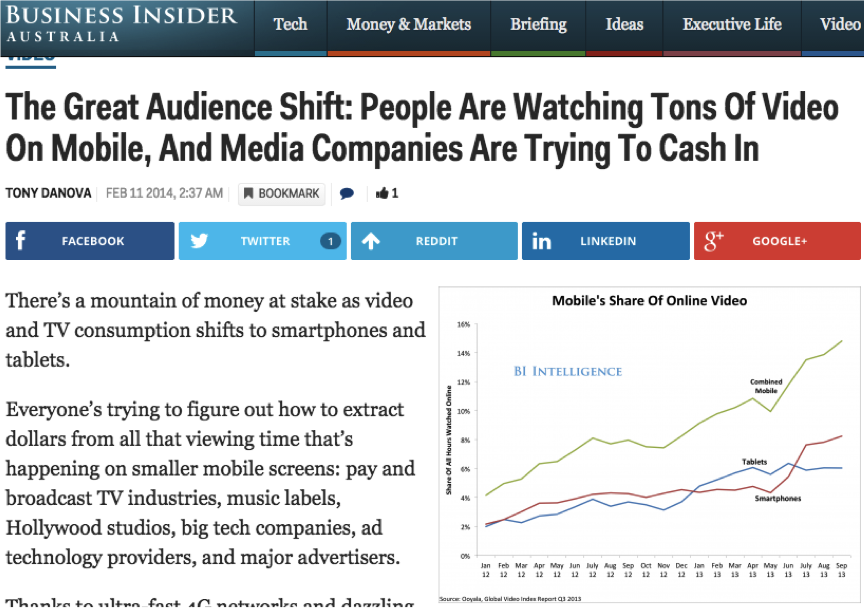
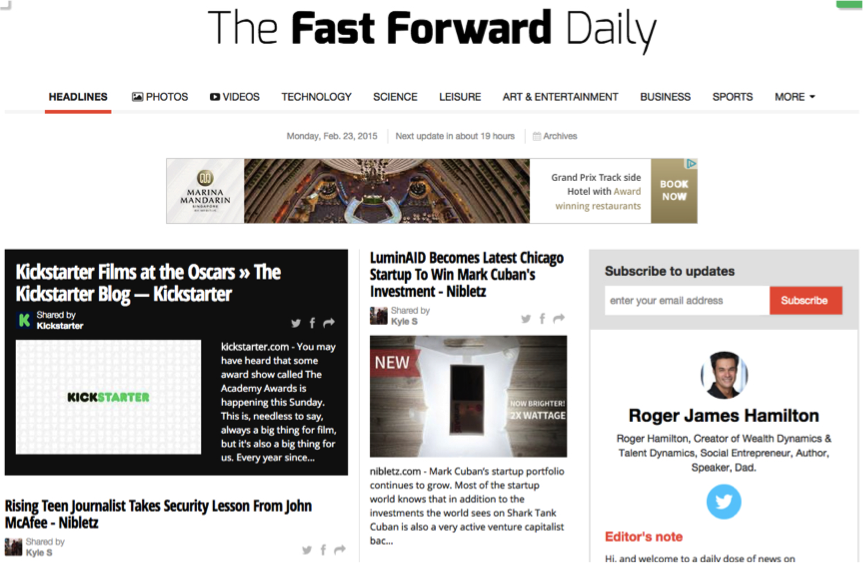
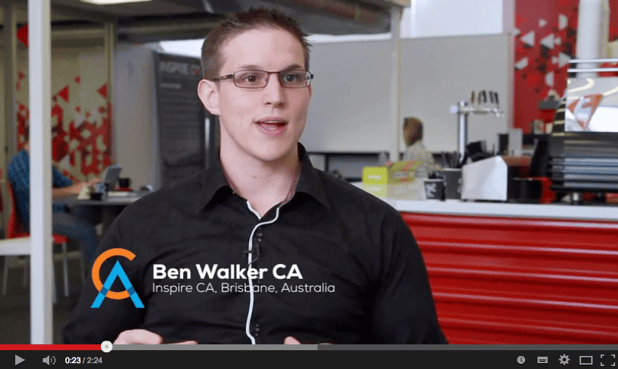



Huy Vuong says
(Edit)
Nice and simple, very easy to understand for any business owner. Picture saids a thousand words!, Love the info graphs gusy!.. Whats the industry standard for you line of work/business, benchmark it, then look at demolishing the status quo and tighten the timeframe to improve cashflow. Call to action?
Ben Walker says
(Edit)
Hi Huy,
Thanks for the comment – and yes – you’re spot on with benchmarking as a start, and always making those numbers better
Cheers,
-Ben